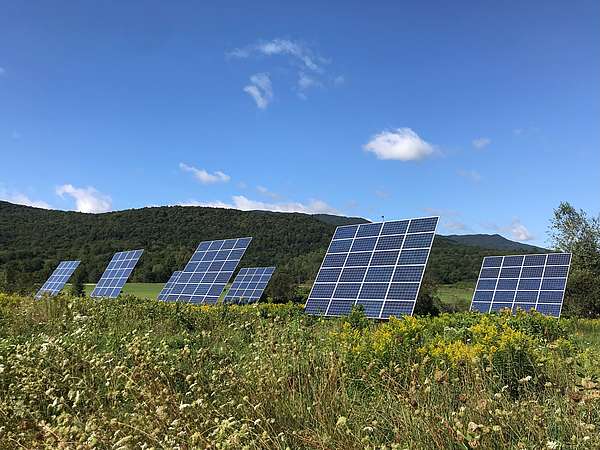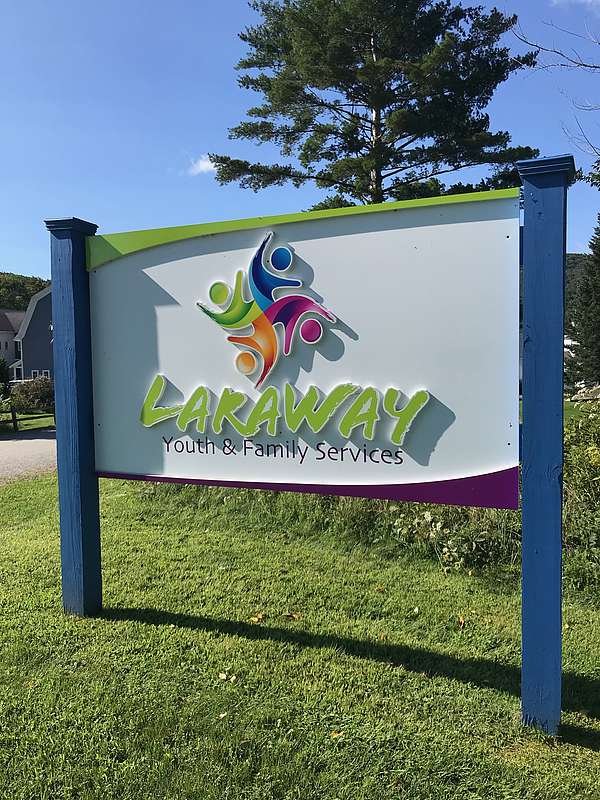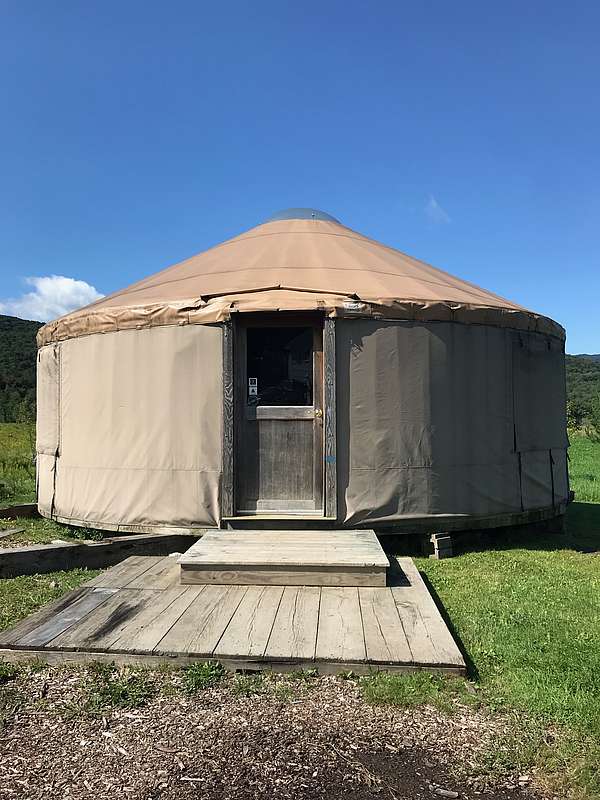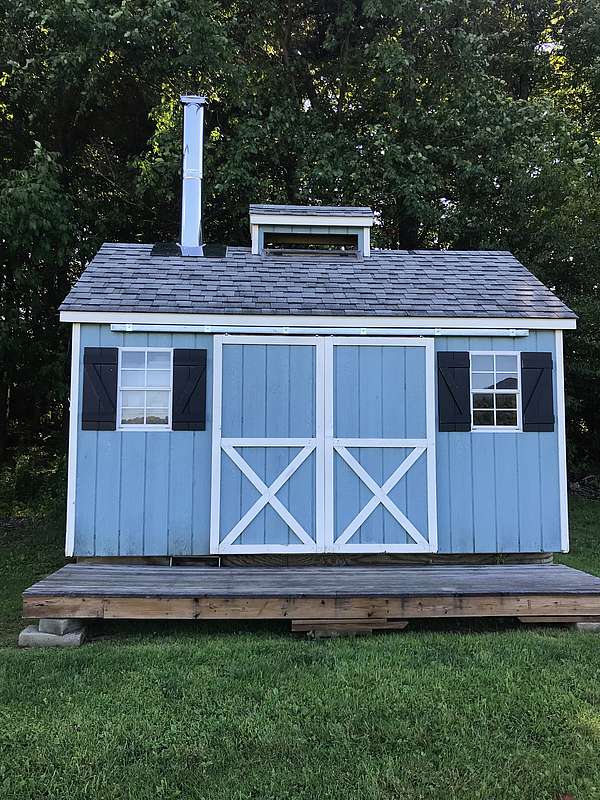Celebrating 10 years of collaborating to build skills and belonging for local youth.
For more than 10 years, Stowe Land Trust has partnered with educators and students from the Laraway Shool on annual volunteer projects at DuMont Meadow, Cady Hill Forest, and other conserved properties. Over the years, students have gained experience in invasive plant removal and trail work and have made significant contributions to the care of conserved lands.
Based in Johnson, the Laraway School has been supporting students and families for fifty years. Offering a highly structured educational and therapeutic environment for students who find traditional classrooms challenging, the school serves families from a widespread community out of its main campus.
Laraway's programs include small-group and individual instruction across all subject areas with a strong focus on individual choice and creating connections to the outdoors. Stowe Land Trust's Office & Program Assistant, Dany Boyle, recently spoke with Laraway School's Elementary and Summer Program Coordinator, Sarah Gazo, and Individualized Team Coordinator, Alicia Blair, for their impressions on this long-standing partnership, how the school's participation with Stowe Land Trust has benefited their students, and the impacts of another successful field season:
SLT: The Laraway School has developed an above-and-beyond nature-based learning environment. How did this ethos begin?
Sarah: It started in 1972 with a local ceramics artist. She noticed there were kids who were not in school during the day. She would invite them in to make pottery and provide them with a sense of place. From that start, we have evolved into an organization that is focused on flexibility and creativity to meet the needs of families and students. We're not a one size fits all school.
SLT: What on-campus outdoor programs do you think are most impactful for connecting students to their sense of place?
Alicia: We have an exciting adventure education program. During the summertime students canoe, hike and fish. In the winter we take part in a ski and ride program. All these activities connect students to their natural communities. This education program also includes year-round woodworking projects such as benches and picnic tables which connect their hands-on work to their future experiences here on campus. Recently, we got a chicken coop and are looking to expand to more live animals! Additionally, we engage in seasonal projects such as harvesting and maple sugaring where students are involved in the entire process then get to enjoy the fruits of their labor during special cooking projects or on top of pancakes. These experiential outdoor opportunities here on campus through the adventure education program result in high levels of engagement.
SLT: We are grateful for all the fantastic volunteer work your students have contributed over the years. We know getting kids outside is a key part of your philosophy, what have you noticed being outdoors add to the student experience?
Alicia: Being able to say class is outside any day of the week increases engagement 10-fold. Students are more likely to take part in heavy reading or writing assignments if you can do it outside. And not only being able to connect to our property here but to our outside community makes people want to come to school and come to class. We see it time and time
Sarah: And that’s what the research supports. When kids have access to experiential, hands-on learning, their education becomes more meaningful and more easily accessible. They’re moving their bodies, they’re learning about invasive species by touching them and looking at them, picking them up. When we do something like cidering here on campus, that’s learning in real time. It feels good to them to be part of the process and reap the benefits.
SLT: What kind of benefits do you see working with community partners like Stowe Land Trust?
Alicia: When we look for partners, we’re looking for different, challenging and unique experiences that our students wouldn’t necessarily seek out themselves. Partnering with the land trust gives students an opportunity to give back, get outdoors, move their bodies, and learn something new
Sarah: For a lot of these students, we tend to think of their lives after Laraway too, and the skills that they gain from doing that work with community partners that they can use later in their lives. It’s really great when I’m out in the community and I bump into students who are now working at a job. Often, they’ll run up to me because they recognize me and they’ll be like “Hey, look at me, remember that time we did this project? Now I got hired to do the same thing.” They emphasized to me that they were feeling really good about their life and that they had inspiring plans for their future. That’s awesome, that’s success. We’ve done our jobs and those kids have now become a part of their community in a way that is positive and contributes.
Alicia: I can tell you we were out in the community and our students pointed out an invasive Honeysuckle bush. When we’re out and about they are looking at their surroundings. They’re wondering just how big a problem it is. Then we as a staff get to make those connections with them that it’s all a piece of the puzzle. They can bring those larger ideas home and share them.
Sarah: And that speaks to the bigger picture. I think we all want to feel like we belong to something, or we belong to a community, and whenever we engage with the students on these community projects, it shows them a variety of different ways that they can belong to something bigger than themselves. That’s invaluable.
Are you interested in caring for your favorite places?
Get more information on volunteering individually or with your organization.
Read more on Laraway School and their transformative work.
Find out more about youth and educational programming here at SLT!



